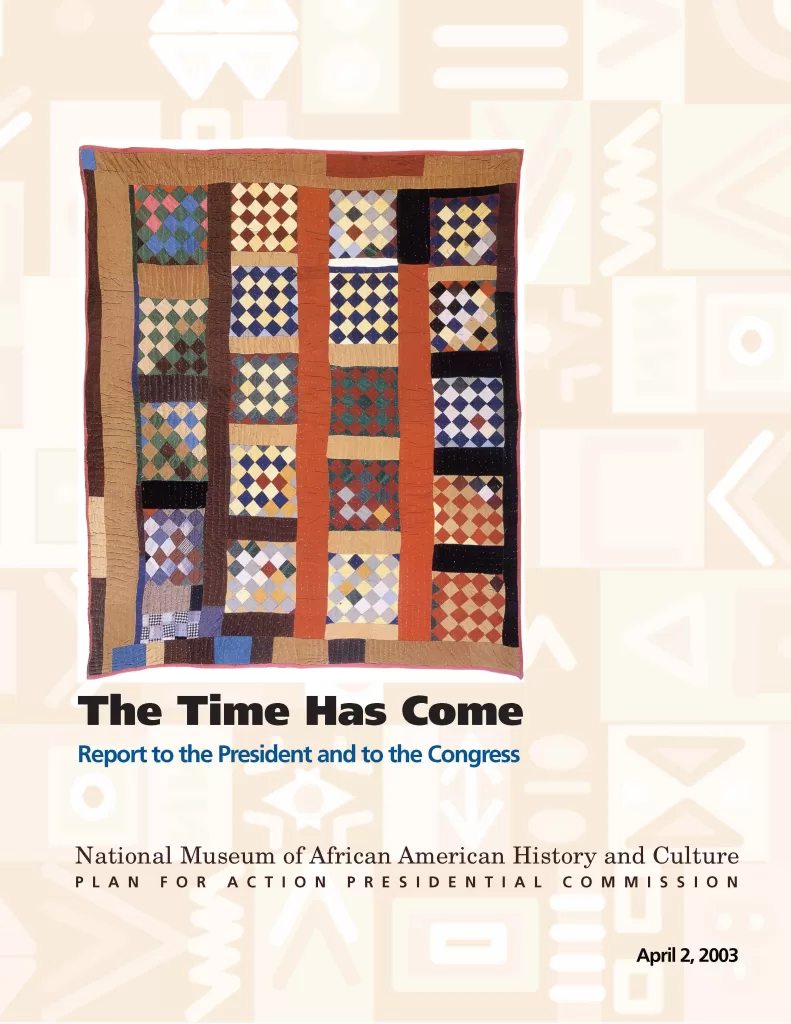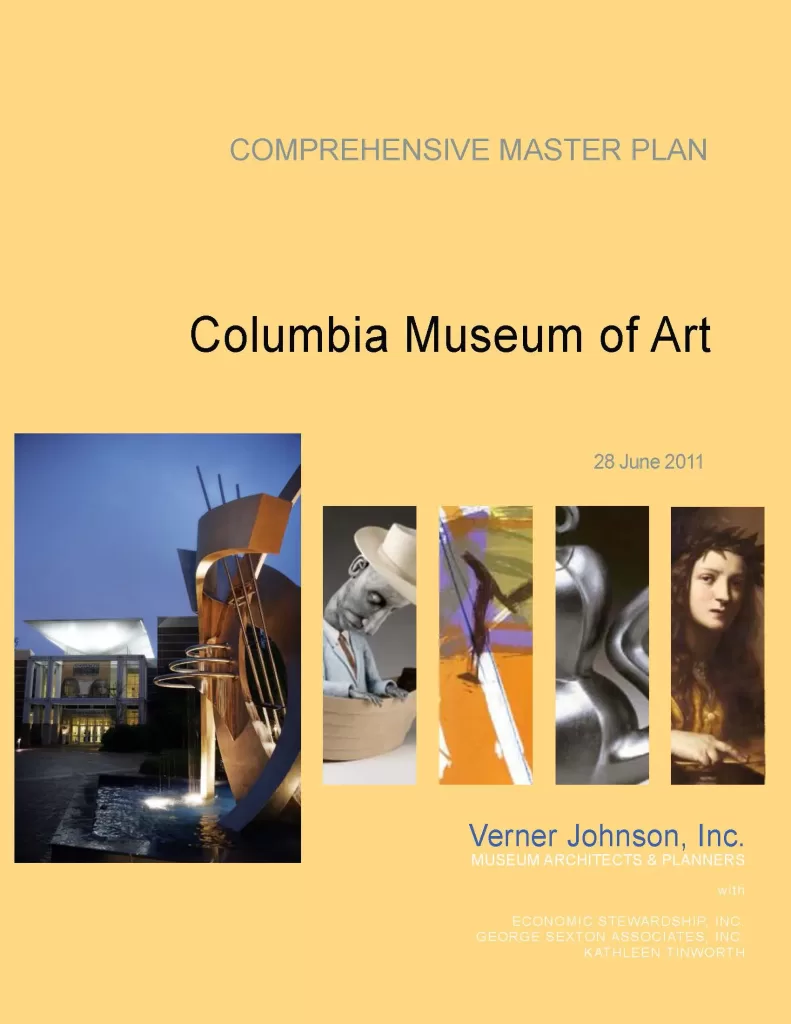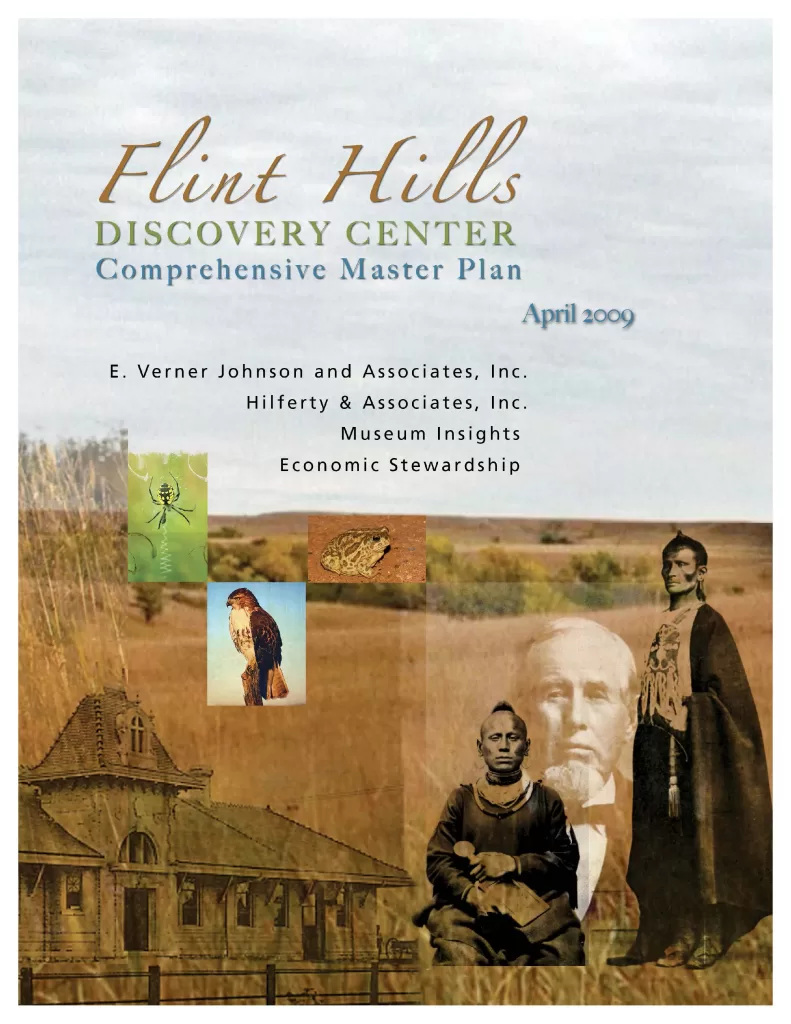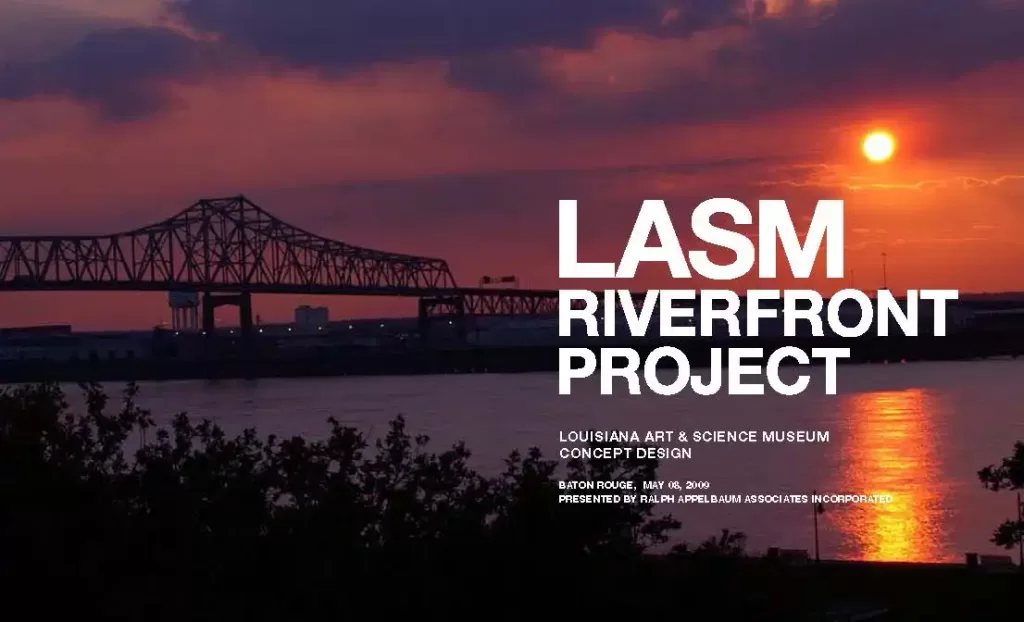Pioneers in Museum Planning
VernerJohnson was the first architectural firm to develop a consistently coherent master planning process for museums.
Our master planning process was originally conceived to help museums organize the myriad issues affecting their future into an action plan comprehensible to museum boards and their staff. Over time, we have continued to refine the process to address the constantly shifting issues facing museums, but we have retained the fundamental planning principles of consensus-building and visionary pragmatism.
Our master planning products usually form the core of the museum’s fundraising materials, and we are often asked to continue directly into architectural design after completion of the planning effort.
The resulting Museum Planning Report is a document that clearly defines, and achieves consensus on the myriad of institutional, physical, operational, and implementation issues.


Consensus-Building
Our process is interactive and inclusive, placing a strong emphasis on building consensus at all levels of the museum’s constituency. We work closely with staff, board members, donors, and community leaders to shape and implement a supportable and sustainable vision for the museum’s future. building consensus at all levels of the museum’s constituency. We work closely with staff, board members, donors, and community leaders to shape and implement a supportable and sustainable vision for the museum’s future.
Visionary Pragmatism
Throughout our planning process, there is an on-going dialogue between overarching vision and pragmatic concerns. Our process is designed to synthesize vision and pragmatism by identifying strengths, opportunities, and challenges. Our end goal is to preserve, enhance, and create successful museums.


Planning Methodology
Our typical approach to museum planning is based on a simple, effective and proven methodology involving three primary steps:
Research and Analysis: During this phase of planning, we gather documentation and conduct interviews to assemble and evaluate as much information as pertains to the project as possible. We review its implications in discussions and documents with the stakeholders. At the conclusion of this step, key objectives of the planning effort are identified.
Develop and Select Alternatives: In this step, we prepare drawings and documents illustrating possible different planning solutions to the project objectives. We present comparative analyses for review with the project constituents. We assist our clients in selecting the most promising alternative for further development.
Refinement, Finalization, and Documentation: As the final step of the planning process, we work with the museum to refine the selected planning approach and prepare the documents, graphics, models and other materials required to present the approach most effectively to the project constituents.
